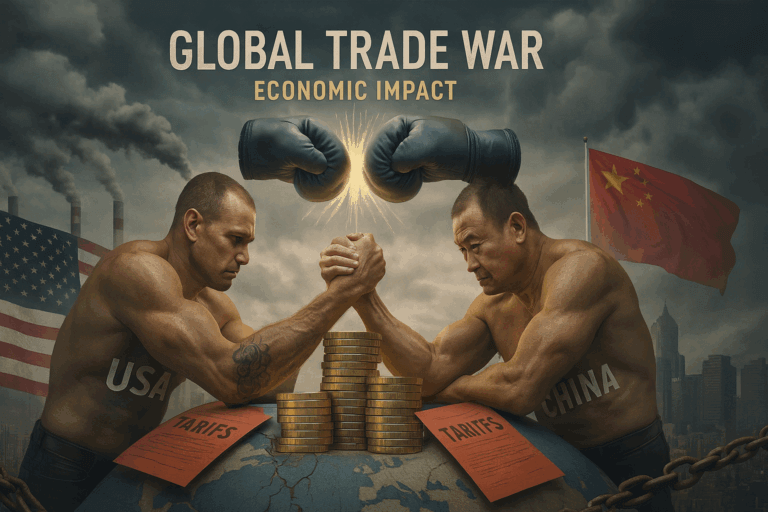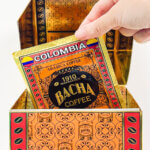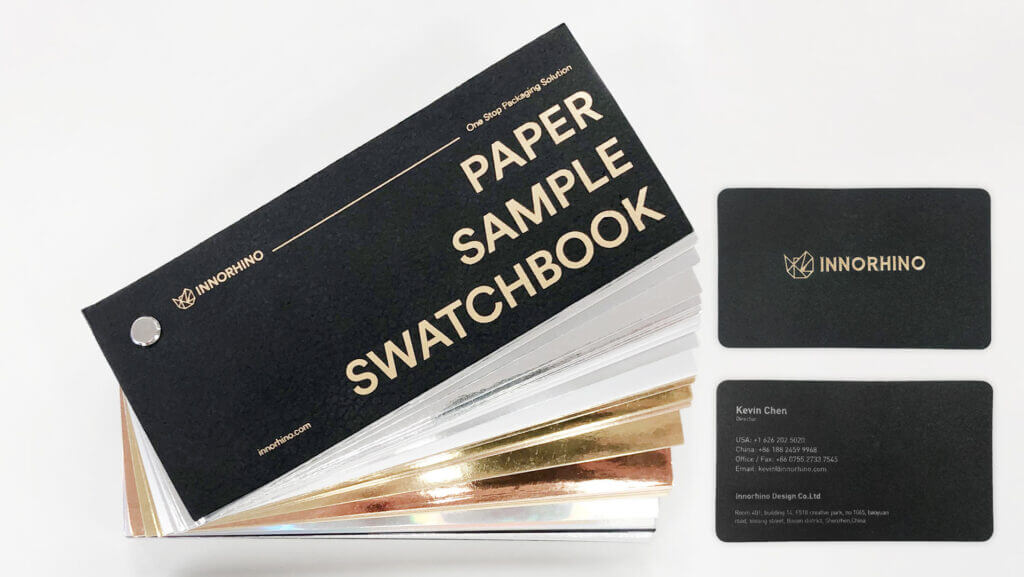When headlines talk about new U.S. tariffs on China, most retailers see it as a distant trade story. But if your brand depends on Asian manufacturing for packaging, it’s not politics — it’s profit and performance.
Recently, U.S. Trade Representative Jamieson Greer hinted that 100% tariffs could take effect as early as November 1, depending on China’s next moves. As trade tensions rise over critical minerals and export controls, the retail packaging industry sits squarely in the crosshairs — quietly but significantly.
- Why Retail Packaging Buyers Should Care
- Packaging Materials Most at Risk
- INNORHINO’s View: From Cost-Driven to Risk-Resilient
- 4 Practical Moves Retail Packaging Buyers Can Make Now
- Why Asia Still Leads — Even with Higher Tariffs
- From Procurement to Strategic Advantage
- Final Thought from INNORHINO
- FAQ: Tariffs & Packaging Sourcing
Why Retail Packaging Buyers Should Care
Many retail brands still select packaging suppliers based solely on FOB pricing — what the factory charges at the port. But the current tariff discussions highlight a deeper truth:
Your real packaging cost isn’t your factory price — it’s your total landed cost.
That means accounting for:
- ✅ Duties & Tariffs — which may double or more under new policies
- ✅ Freight & Port Handling fees
- ✅ Customs Delays & Documentation Risks
- ✅ Material Surcharges, especially for paper, metal, inks, and coatings
For retail packaging buyers, a sudden tariff increase can turn a “competitive” supplier into a budget-breaker overnight — unless your sourcing strategy is built for flexibility.
Packaging Materials Most at Risk
| Material | Why It’s Exposed |
| Tin & Metal Packaging | Tied to strategic minerals that may face export restrictions |
| Specialty Paper & Laminates | Heavily dependent on Chinese supply; limited substitutes |
| Inks, Adhesives, Coatings | Dependence on Chinese chemical raw materials |
| Luxury Rigid Boxes & Gift Packaging | Long production lead times amplify tariff exposure |
INNORHINO’s View: From Cost-Driven to Risk-Resilient
At INNORHINO, we’re seeing a mindset shift among top retail brands:
from “Where can I get it cheapest?” → to “Where can I get it most securely?”
We believe in preparation — not panic.
Our clients are rethinking their packaging supply chains with regional balance and scenario planning as key tools for resilience.
4 Practical Moves Retail Packaging Buyers Can Make Now
- 🌍 Adopt a China + Vietnam Dual-Sourcing Model
Maintain Asian quality and pricing while reducing dependency on a single country.
- 📦 Review Duty Classifications (HS Codes)
Small errors here can inflate your tariff rate — correct coding can legally reduce duties.
- 💰 Run Total Landed Cost Simulations
Plan your pricing scenarios for +25%, +50%, and +100% tariffs before they hit.
- 🗂️ Audit Your Tariff Documentation
Incomplete paperwork causes delays and demurrage — both costly in retail timelines.
Why Asia Still Leads — Even with Higher Tariffs
Even if tariffs increase, Asian packaging manufacturing often remains the best value proposition for retailers. Here’s why:
- Scale Efficiency — Massive production volumes keep per-unit costs low.
- Advanced Printing & Finishing — Asia’s facilities lead in premium finishing: embossing, soft-touch lamination, foil stamping, etc.
- Integrated Supply Chains — Materials, tooling, and assembly happen under one roof.
- Labor Advantage — Even with tariffs, total landed cost can still be 20–40% below U.S. domestic production.
For retail packaging buyers handling seasonal collections, gift sets, or branded displays, Asia remains an unmatched ecosystem for cost, creativity, and capability.
From Procurement to Strategic Advantage
Tomorrow’s top retail brands won’t just compare quotes — they’ll compare stability.
Winning brands in 2026 will be those that can adapt, not just react:
- Those who forecast total cost, not just FOB price.
- Those who plan for regional flexibility, not dependency.
- Those who treat packaging as a brand asset, not a line item.
Because when tariffs rise or shipping slows, packaging isn’t optional — it’s the first touchpoint your customers see.
Final Thought from INNORHINO
“In uncertain times, trust isn’t built on price — it’s built on foresight and smart partnerships.”
Even with tariffs, strategic sourcing beats short-term cost-cutting.At INNORHINO, we help retail brands design packaging programs that balance creativity, cost, and resilience — so you can deliver on every promise, no matter the policy climate.
FAQ: Tariffs & Packaging Sourcing
Tariffs can increase landed costs by 25–100%, impacting profitability unless sourcing strategies are diversified.
Not necessarily. A dual-sourcing model (China + Vietnam) often provides the best balance of cost, quality, and stability.
Incorrect HS code classification or incomplete customs documentation — both can lead to unexpected duties or delays.
We assist brands in cost modeling, supplier diversification, and tariff-readiness, ensuring smooth operations despite policy shifts.








